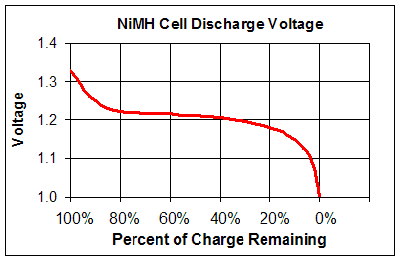Badge Computer gets battery and mounted
I needed a safe way to transport the badge computer for my trip to/from Hackers on Planet Earth, and so I put this together in typical hacker fashion.
I used small piece of plywood to mount the components. Trying to find hardware that would work and be safe was pretty tricky, but I decided that this blue painters tape does the job nicely.
You’ll see there’s a couple additions:
- a 3800mah 7.2v NIMH cell, used for powering this via battery, making it truly portable
- I’m using a couple of low drop out voltage regulators: LD1117V33 for the 3.3v one, and L4940V5 for the 5.0v one.
- a FPC extension cable that allows the screen to be remotely connected to the interface board
As many of you probably know, when you use a voltage regulator, you need to account for the drop out voltage. This voltage is the smallest allowable difference allowed between the INPUT voltage (in my case +7.2v) and the desired OUTPUT voltage (which is either +5.0v or +3.3v). Otherwise the voltage regulator fails to regulate.
See wikipedia : https://en.wikipedia.org/wiki/Dropout_voltage and https://en.wikipedia.org/wiki/Low-dropout_regulator
Normal voltage regulators would not work here, because as the NIMH discharges, the voltage continuously drops from a nominal 1.2V(with this battery, in practice a little higher, about 1.36V) per cell, and then drops to 1.0V per cell when it’s exhausted. We are using a 6-cell pack, so this translates to a starting voltage of about 8.2V, and a finishing voltage around 6V.
If we used a normal 5V voltage regulator like the 7805, whose dropout voltage is as high as 2V, then as soon as we got to 5+2=7V, then we’d fail to have +5V that we could count on. This leaves plenty of battery left, but unusable given those parts.
The L4940V5 low drop out regulator I chose only has a worst-case 900mv dropout. So this gives us until 5.9V. The battery dies at 6V, so this works out perfectly. Now the actual drop out voltage is dependent on the current being pulled through it, with higher currents increasing the dropout voltage. In our case, we don’t need maximum current, which means we won’t be”paying” with the maximum drop out voltage either. The actual dropout voltage is probably closer to 200mv than 900mv.

